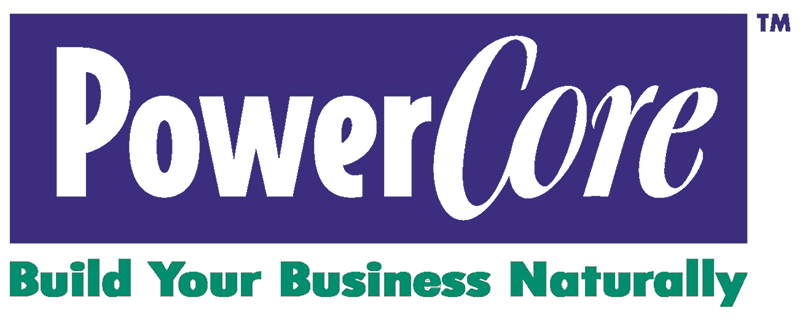What To Do To Get Referrals: Be A Sub
Preparation is a universal key for success.
How do you prepare for an appointment with a new client?
How is that different than the way you prepare for a meeting with someone who is already doing business with you?

Response from Kevin Ames
from the Emory Team
Preparation for meeting a new client includes a review of their Linkedin profile. I want to know what they do and what they like. I give a close look at their profile picture. I'm a photographer. A profile shot tells me a lot about a person. Next, I review their company website to get a better idea of what they do and their values. I am looking for high-level knowledge about them.
Preparing for a client I currently work with begins with a conversation on the phone or on Zoom about what story the photographs we are making together are to tell. Then, I scout the location, get permission to shoot there, gather props, and book makeup artists and wardrobe stylist,s and possibly models. This prep is determined by the project. It can be simple or complex. In any case, I love doing the homework to make the shoot go well.
The six Ps I live by are: Prior proper planning permits perfect photography.
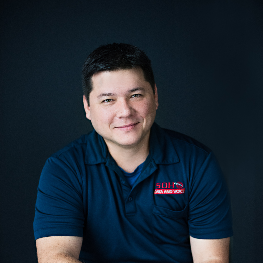
Response from Jon Ongtingco
from the Cumberland Team
The key difference is source material. If I am about to visit a new client, all of my preparation is research on the company or person in an attempt to be as informed as possible before going in. If I am meeting with a current client, I am reaching into our database to look at information we already have, typically with a focus on a particular goal.
Response from Ben Ragin
from the Brookhaven Team
When I meet with a new client I simply have an intake sheet handy to gather their information, and my notepad within arms reach. I dont know anything about a new person or their situation. This initial meeting is where the process starts. When I'm meeting with an existing client I'll; review any notes and activities in their CRM file, look at their policy details to see where we are in relation to their renewal, review their renewal and compare/contrast to the prior year, list and action items we need to address in our meeting.

Response from Greg McCahan
Since many clients a referred by current clients, I usually have some background information about the new client.
If we are going to talk about a loan, typically I am going to research the property before we meet. For a deposit relationship I will bring all the onboarding paperwork.
When meeting with a current client, usually I will be bringing current account information. Often on a business account we meet to change authorized signers, so more documents are involved. Ideally I'm able to gather all information in one meeting.
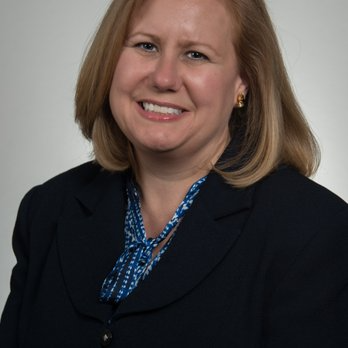
Response from Stacie Conner
from the Brookhaven Team
When I first meet with a new client, there is really not much I can do to prepare for the meeting, as my initial meeting is a fact finding mission to find our as much as I can about the issues in the case, my client's goals, and developing a plan of action for the case. However, when I am already representing a client, and I meet with them, there is a purpose to the meeting and we are usually meeting to prepare for some aspect of the case such as a deposition or hearing. I prepare for those meetings by reviewing the file and making notes of particular issues to address with the client when we meet, so they know what to expect at the deposition or hearing and how to respond to potential questions.
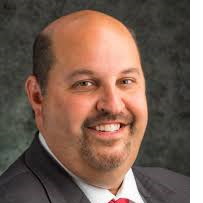
Response from Sheldon Berch
from the East Cobb Team
Always check Facebook and LinkedIn to see any connections. This will help strengthen my relationship with the new client. I want to see if there are connections that are mutual friends or clients. I do this for existing clints as well. However, for existing clients, I asked them to introduce me to some of the connections that I don't have as a client.
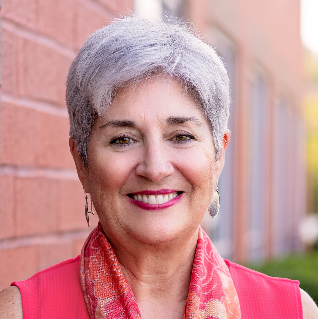
Response from Jeanie Clinkscales
When meetinng with a new client, I come prepared with comparables for that area/neighborhood and also all marketing materials. I share something about myself and my business and also client testimonials. I also bring all necessary paperwork so I can leave that with the new client. I want them to be able to look at the listing agreement and the disclosures so they can ask questions if they need clarification.
When meeting with a past client, the information about myself and my business and my marketing is not necessary. There is no need for client testimonials either. I will bring comparables and paperwork to leave with them. Past clients already know what to expect from me. They know I will walk them through the process regardless of whether they are a past client or a new client.
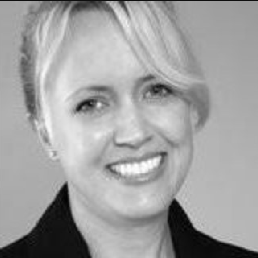
Response from Liz Bankston
Always bring a list of questions for your clients so they don't have to struggle with coming up with their own questions ... National Assocation of Realtors has a list of the top 10 questions when interviewing for a listing and this is what I use.
Response from Jason Wettlin
The preparation is pretty much the same. The main difference for me would be the follow-up. With new clients, I use a checklist that includes things like an informational/educational/helpful follow-up email and a thank you card for their time.
Response from Alexander Christensen
I prepare for an appointment by going to the company website, checking out LinkedIn, etc. My next step is sending a calendar invite. My final step is checking that calendar invite one last time before going to the meeting.
It's different because when I'm already doing business with someone, I know all of those things about them!
Response from Ben Levy
from the Brookhaven Team
Very rarely is my first interaction with a new or potential client in-person. Generally, new clients call me directly after being referred by someone else (family, friend, another attorney), so I have no notice and no information about the person that I can use to prepare for our first conversation. However, I have been practicing personal injury law long enough - both on the insurance defense side and the plaintiff's side - that I know what questions to ask in order to learn more about their situation and whether I might be able to help. Alternatively, I often receive calls from people I know personally, who give me some background information about their injured friend, family member, colleague, etc., and they will connect me with the potential client later. In those situations, I usually know some of the basics before my first conversation with the potential client, and I am prepared to ask more detailed follow up questions about their injuries, the incident that caused their injuries, etc.
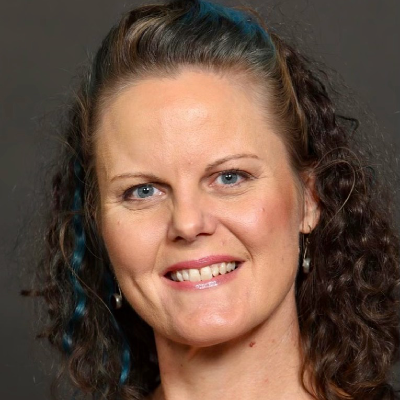
Response from Tricia Bethel-Sookhoo
To prepare for an appointment for a new client I review the assessment that my new clients complete prior to our first meeting. I focus on their individual health goals, what they want to achieve and dream with them on what they will gain by reaching that goal.
In preparation for an appointment with someone that I'm already doing business, I review my client's goals and what they are working on to get there so that I can ask questions about what they have accomplished since our last meeting. Focusing on goals and helping them to see what they've gained helps give them confidence on reaching the next goal in their health. We then can also dream about what it will be like when they reach that final goal.

Response from Tom Wallace
from the Peachtree City Team
When preparing for an initial meeting with a new client, I send them my 15 minute spending plan to fill out and give them access to the resources that we will be using during our three months together. Our first meeting will last two hours as we will go over their spending plan and start discussing spending habits, their financial goals and the why behind they want to make a change in their current situation.
Meetings with my current clients are one hour. We are building on the actions to take we agreed upon from last session, incorporating new tips, tools and strategies to keep them moving forward as well as taking time to celebrate the wins they've had since our last meeting.

Response from Dr. Lorna Diaz
Preparing for a new client in the healthcare field includes a detailed intake form followed by a consultation. I'm a chiropractor, so our job is to listen and ask even more detailed questions about the patient's history and current complaints. When appropriate we move to physical examinations gathering objective information, and noting any trauma, toxins, and thoughts influencing the patient's health that will ultimately help us render the best care for the patient's current situation. Sometimes we have to be prepared to refer new clients for imaging or to specialists that will better fit their needs.
Working with patients recurrently, the standard is to review important past health information, including any clinically relevant new information, and most importantly monitor the progress of the patient's complaint throughout the care plan. Not every case is the same and although we might see 50 low back pain patients, important details contained within the previous steps will confirm or reveal the most appropriate diagnosis and plan for care.
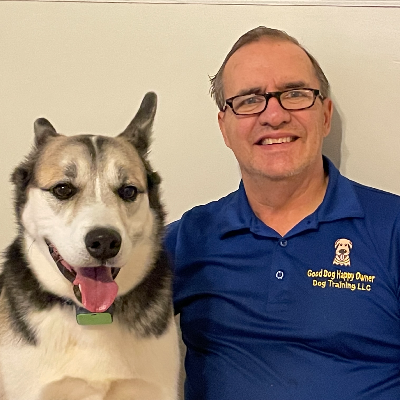
Response from Nicholas Garrison
When meeting with a new client, I will already have spoken with them and have received an intake form that was emailed to them earlier and completed online, They will also receive an agreement that is completed on line If it is basic obedience training, I provide a folder with information on How dogs learn, Safe dog toys, Tether for Success, Potty training for a puppy, and Foods that are dangerous for a dog. Without the dog present we go over the information in the folder get payment out of the way. We then will bring the dog into the picture and start our training process.
